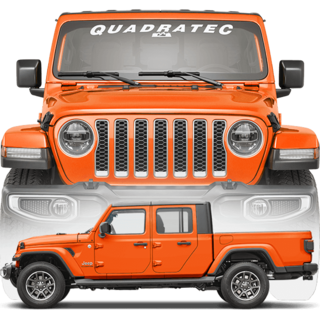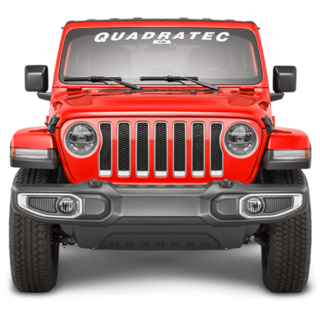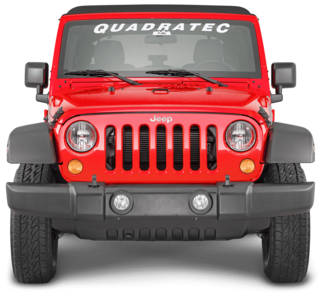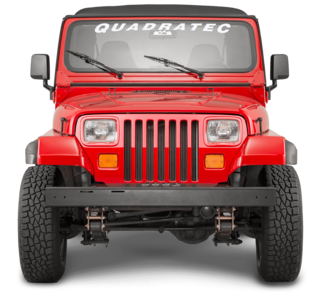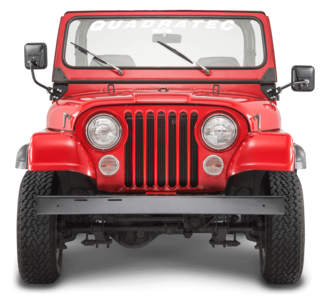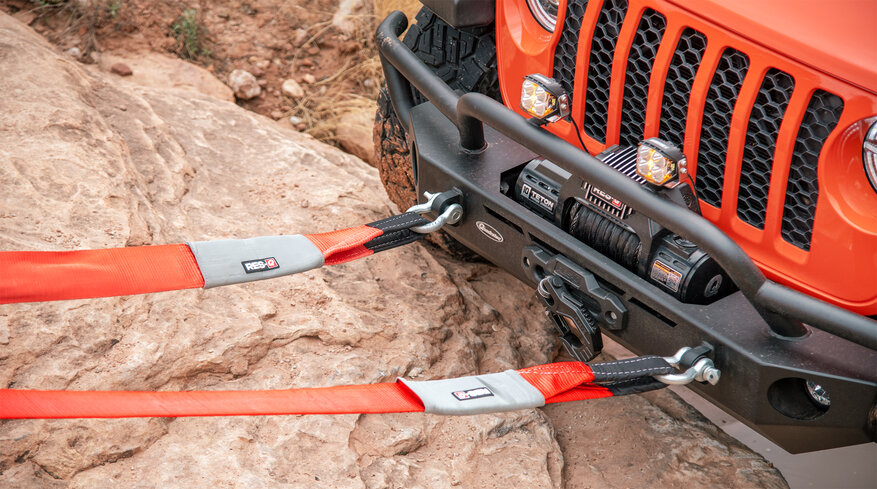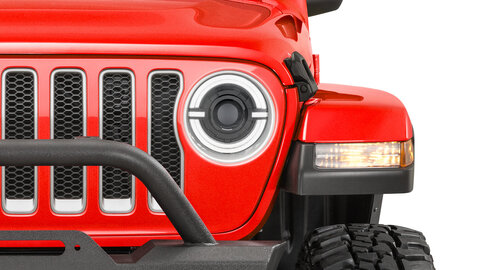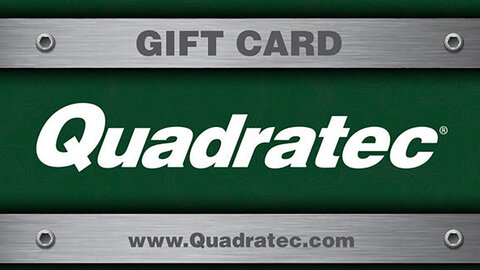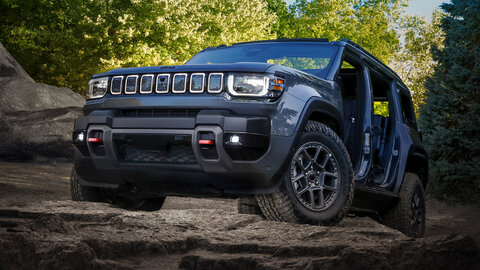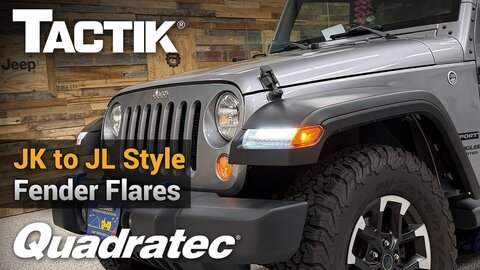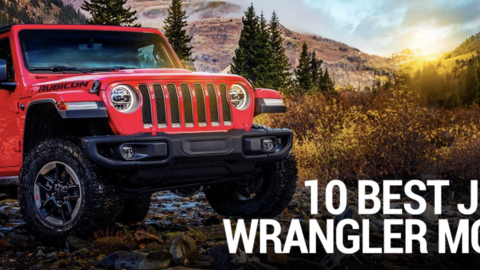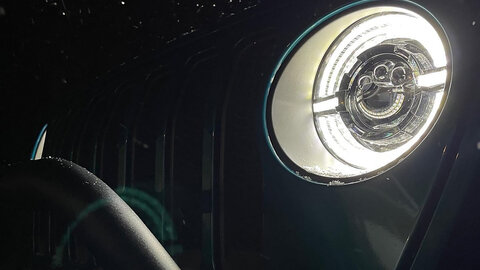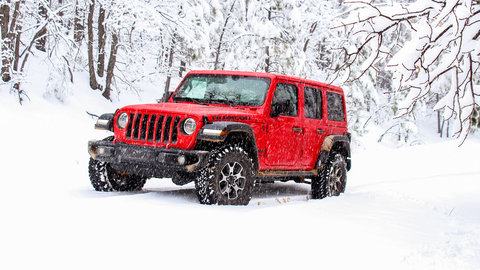by Matt Konkle
Managing Editor
It does not matter if you are a hardcore off-roader, daily driver, or someone who does a little bit of both, having good recovery gear in your Jeep at all times simply makes sense.
After all, none of us can really predict the future when we hop into the vehicle, right?
However, we can certainly be prepared for any unexpected on, or off-road situation.
Some stuff to bring along for the ride may be pretty obvious for those more into the off-road scene, but for those who are not, we’re talking affordable stuff like traction boards, air compressors, tow straps, tire repair kits — even a good winch if it fits the budget and you have a capable bumper.
One thing that has changed a bit, though, in recent years is the way a tow strap or kinetic rope can attach to the Jeep.
For a long while, it was pretty simple. Metal D-rings would attach to a front or rear recovery point and secure the strap while another vehicle was tethered and pulled to safety.
These days, another solution has arrived on the market — soft shackles.
If you’ve used them before, then you know the differences, but many out there may be hearing this for the first time.
So what are those differences, and is one really better than another for inclusion into a recovery gear setup?
Well, before we touch on those differences, here is a bit about each product.
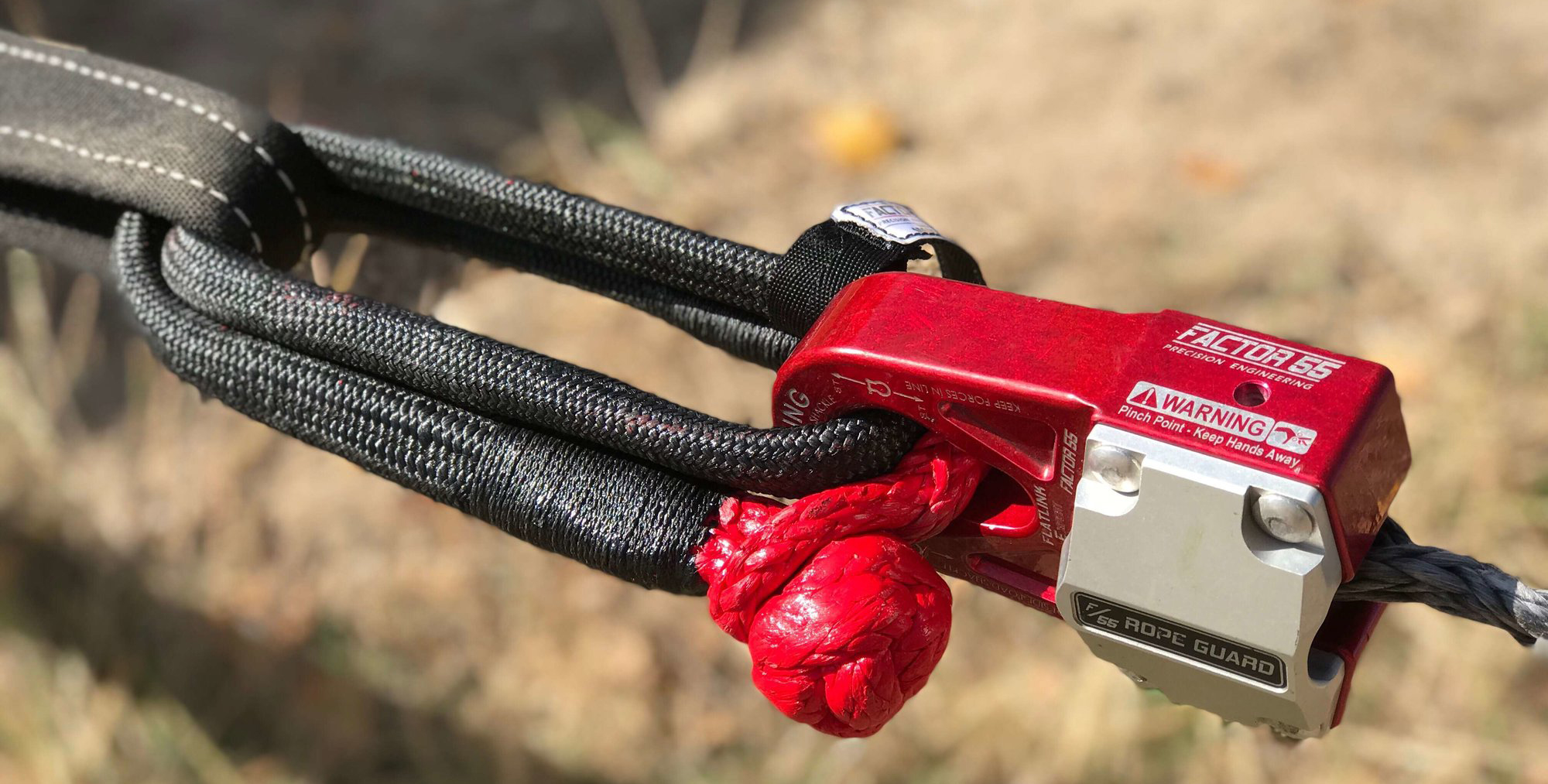
As we said before, soft shackles are a relatively new innovation in the off-roading world. They are made from high-strength synthetic fibers, such as Dyneema or Spectra, which are incredibly strong and lightweight. Soft shackles are essentially loops of this synthetic rope, with a knot at one end that threads through the loop to create a secure connection to a vehicle’s recovery point.
In contrast, D-rings are traditional metal shackles used in off-roading and recovery situations. They are typically made from forged steel and consist of a U-shaped body with a pin that screws through the ends to secure the connection.
As far as the advantages of a soft shackle, one of the most significant advantages is weight. They are much lighter than traditional metal shackles, making them easier to handle and reducing the overall weight of your recovery gear.
These shackles are also safer to use than metal versions in many situations. If a soft shackle breaks under load, it doesn't have the same kinetic energy as a metal shackle, which can become a dangerous projectile. This makes soft shackles less likely to cause injury or damage.
Additionally, soft shackles are incredibly versatile and can be used in numerous types of recovery situations. They can easily wrap around odd-shaped objects and are less likely to get stuck or jammed when compared to metal shackles.
Finally, this type of shackle is easy to use, even for a beginner off-roader. They don't require any additional tools to open or close, and they can be quickly attached and detached.

As far as D-rings go, they are really known for their strength and durability. They can handle heavy loads and are less likely to be damaged by sharp edges or rough surfaces compared to soft shackles.
They have also been used in recovery situations for years and have a proven record of reliability. They are less likely to fail under load, making them a dependable choice for recovery operations.
D-rings require minimal maintenance, as well. They do not need to be cleaned or inspected as frequently as soft shackles, and they are not overly affected by dirt or moisture — just simply wash off if dirt or other grime gets into the area between the pin and D-ring.
While both have their advantages, some additional things to know are that soft shackles can be more susceptible to abrasion and cutting than metal shackles. While rare, they can be damaged by sharp edges or rough surfaces, compromising their strength.
Because of this, soft shackles require more maintenance than metal shackles. They need to be inspected regularly for signs of wear and tear, and they should be cleaned and dried after use to prevent damage from dirt and moisture.
For D-rings, they are significantly heavier than soft shackles, which can make them more cumbersome to handle and transport. The added weight can also contribute to the overall weight of your recovery gear.
They can also pose some safety concerns. If a D-ring fails under load, it can become a dangerous projectile due to its weight and kinetic energy. This poses a higher risk of injury or damage compared to a soft shackle.
Versatility can be an issue as well. D-rings may not fit around odd-shaped objects as easily, and they can be more challenging to use in certain recovery situations.
So, is one really better than another?
Well, the answer really depends on your specific needs and preferences. Both types of shackles have benefits, and the best choice for you will depend on how you plan to use either one.
Soft shackles are an excellent choice for anyone who prioritizes safety and versatility. They are particularly excellent where weight is a concern, such as overlanding trips or longer-distance off-roading adventures. Soft shackles are also a great option for anyone new to off-roading who wants an easy-to-use, lightweight recovery option.
D-rings are a solid choice for those who require maximum strength and durability in their recovery tools. During extreme recovery situations where heavy loads are involved, the strength and reliability of a D-ring can be invaluable. They are also a good option as low-maintenance recovery gear that can withstand harsh conditions, and for more experienced off-roaders who are comfortable using traditional recovery gear and are familiar with the safety precautions necessary when using metal shackles.

